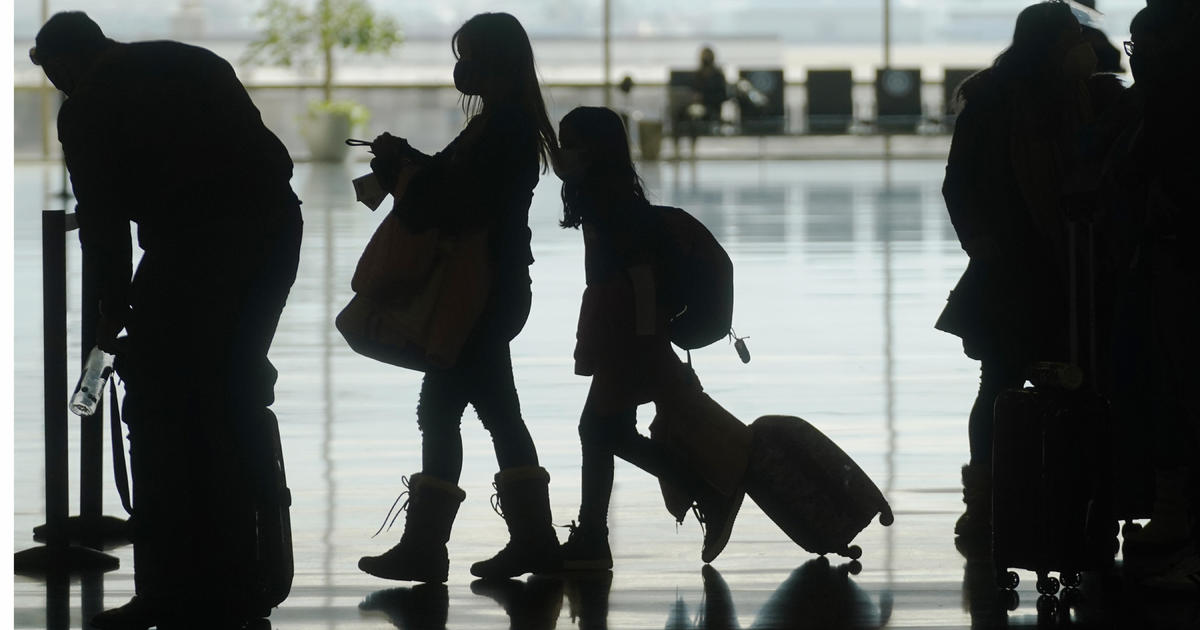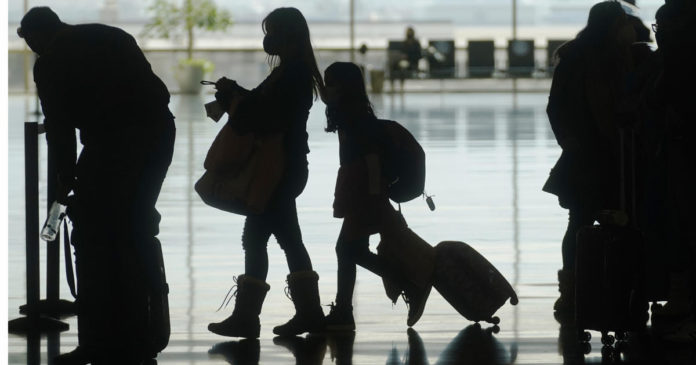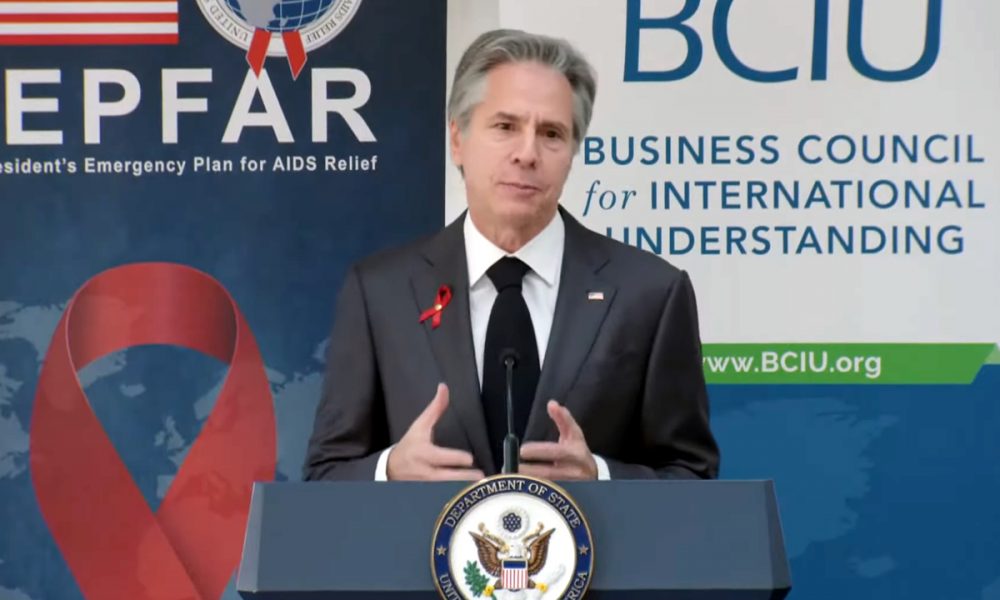
As Americans get the COVID-19 vaccine, many are hoping to make up for the vacations they had to postpone last year. There are plenty of places allowing travelers from the United States, but every country has their own rules for entering and some have restrictions or curfews within their borders.
American travelers should also keep in mind they’ll have to follow U.S. rules to get back home, which include getting tested for COVID-19.
Here’s what you need to know about traveling internationally:
Current State Department travel advisories
The State Department lowered travel advisories for dozens of countries from “Do Not Travel,” to “Reconsider Travel,” after the Centers for Disease Control and Prevention updated its travel guidance on June 7. Most countries in Europe, parts of Asia and Africa, and Canada and Mexico now have the lower advisory, while many countries in South America still have the highest. To see the latest updates on travel advisories, check the State Department and CDC websites. The CDC recommends people be fully vaccinated before traveling internationally.
The State Department also has advisories for reasons other than COVID-19, including civil unrest in various parts of the world.
Traveling back to the U.S.
If you decide to travel internationally, you’ll have to get a negative COVID-19 test within three days of departure from the country you’re returning from, or prove you have recovered from the coronavirus within the last 90 days. Currently, vaccination against COVID-19 does not exempt people from needing a negative test.
How to look up a specific country’s restrictions
To find the latest entry requirements for any country, check this list on the State Department website, which links to U.S. embassy pages for every country. Each page has a section called “Entry and Exit Requirements,” as well as information about the COVID-19 situation in the country.
Here’s a brief overview of travel restrictions in different parts of the world:
Africa
Most countries in Africa are allowing American tourists in as long as they test negative for COVID-19 within three days of their departure from the U.S. Some, such as Ghana, require another test upon arrival. Morocco is one country that is limiting travelers to only visitors who have reservations at Moroccan hotels or business people invited by a Moroccan company.
The State Department warns against traveling to some African countries for reasons other than COVID-19, including terrorism and civil unrest.
Asia
Multiple countries in Asia have closed their borders to U.S. tourists, including Japan and India, which is facing one of the worst COVID-19 outbreaks. China is allowing travelers who have valid residence permits and visas, but there are specific requirements for visas, and testing and quarantine protocols are also in place. South Korea and Thailand are letting American tourists in, but they must provide proof of a negative COVID-19 test and quarantine upon arrival.
Australia and New Zealand
Both Australia and New Zealand are not allowing tourists to enter.
Canada
Canada is only allowing essential travel, which does not include tourism or recreation.
Europe
The European Council has recommended that European Union members ease restrictions to allow vaccinated travelers in, but the EU countries have not formally approved the recommendation yet. Currently, each country has its own restrictions. Greece is letting in travelers from the U.S. who test negative for COVID-19 before arriving or prove they are fully vaccinated. Others, like the United Kingdom, have both testing and quarantine requirements in place. France and Germany are among the countries not currently allowing U.S. citizens to enter, with a few exceptions.
Iceland, which is not a EU member state, is allowing anyone who has been fully vaccinated against COVID-19 to enter without being subjected to testing or quarantining.
Mexico, Central America and the Caribbean
Non-essential travel is restricted along the U.S.-Mexico border until at least June 21, 2021, but Americans can visit Mexico by plane. A negative COVID-19 test is not required to enter.
Most of the islands in the Caribbean require negative COVID-19 tests to enter. Some, including Aruba and The Bahamas, also require visitors to purchase COVID-19 health insurance. The Dominican Republic is one country that does not have a testing requirement, but rapid tests are performed on randomly selected travelers upon arrival.
Costa Rica is open to Americans without any testing requirements, but other Central American nations require negative COVID-19 tests before arrival.
Middle East
Israel and the United Arab Emirates are among the places allowing American tourists who meet certain requirements, including negative COVID-19 tests.
In addition to its COVID-19 travel advisories, the State Department warns against traveling to some countries in the Middle East for reasons including terrorism and civil unrest.
Russia
Russia’s borders are currently closed to U.S. citizens, with a few exceptions.
South America
Most countries in South America have a “Do Not Travel” advisory from the State Department, including Brazil, which has seen one of the deadliest outbreaks of COVID-19.
A few countries, such as Argentina and Chile, are closed to American tourists. Others, including Bolivia and Peru, are letting U.S travelers in, but there are testing and quarantine protocols in place.








